Blending and combining are often the key to some of the most beloved design styles out there. Styles like the mid-century modern or the biophilic Bohemian are great examples of this concept in interior design. It’s about finding a pairing that creates something greater than the sum of its parts. The combination of modern interior design with the cozy features of country living makes for a very unique style, one that brings together the best of both worlds.
As the name implies, the modern farmhouse style utilizes the sleek practicality of contemporary design elements and combines them with the cozy atmosphere of the countryside or cottage interior. At first, it seems to be an unlikely combination. But when everything falls into place and there is enough balance between the modern and the rustic, a gorgeous juxtaposition is created where the two opposites complement each other.
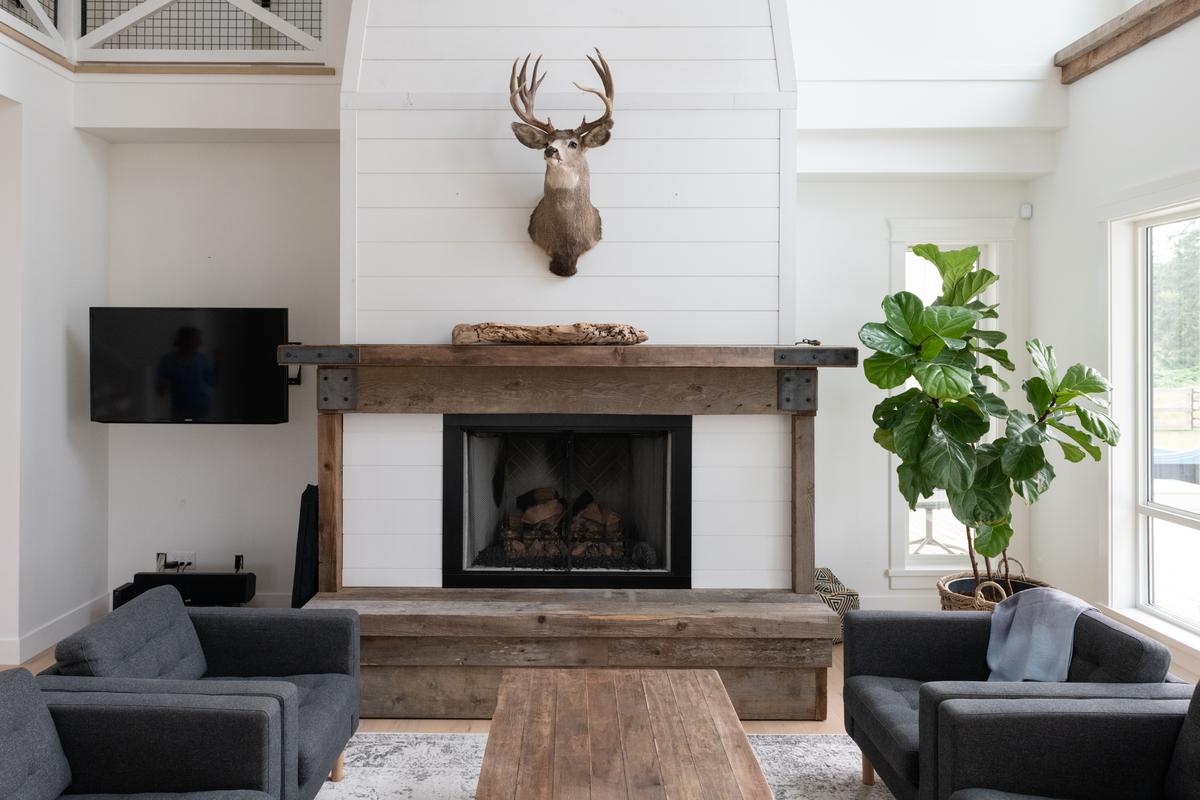
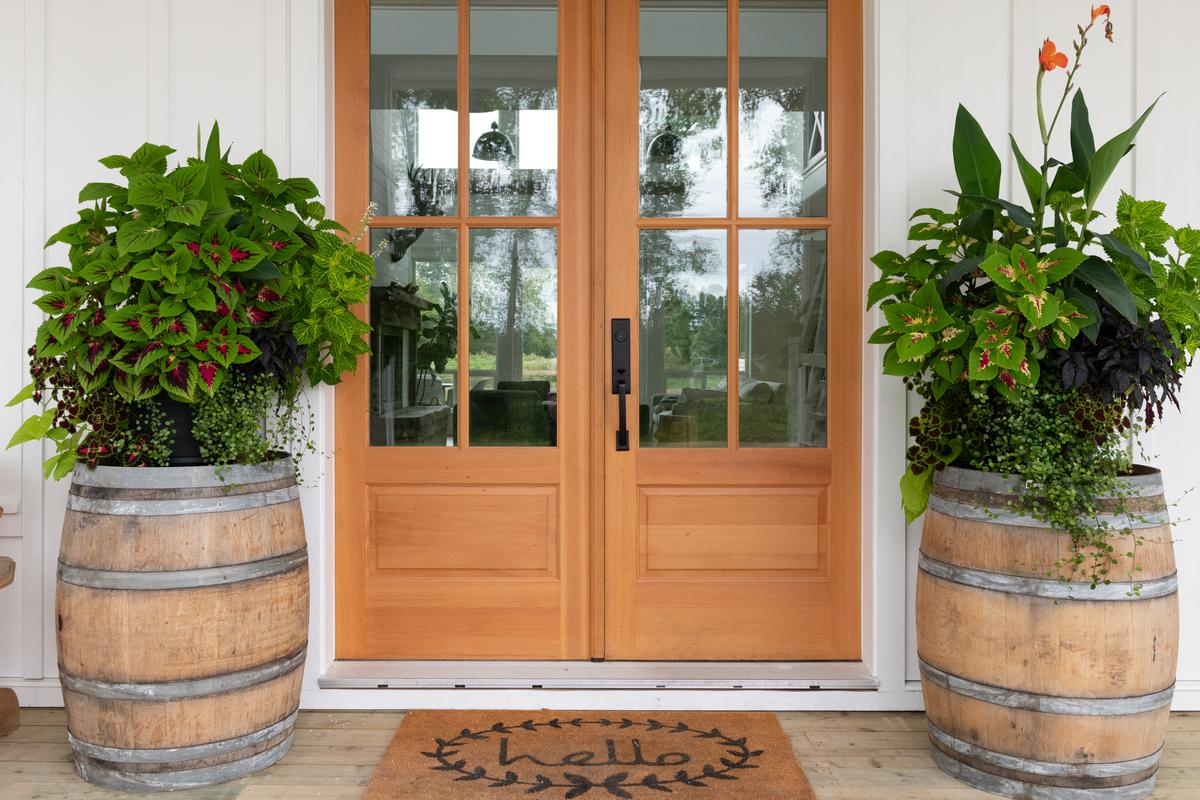
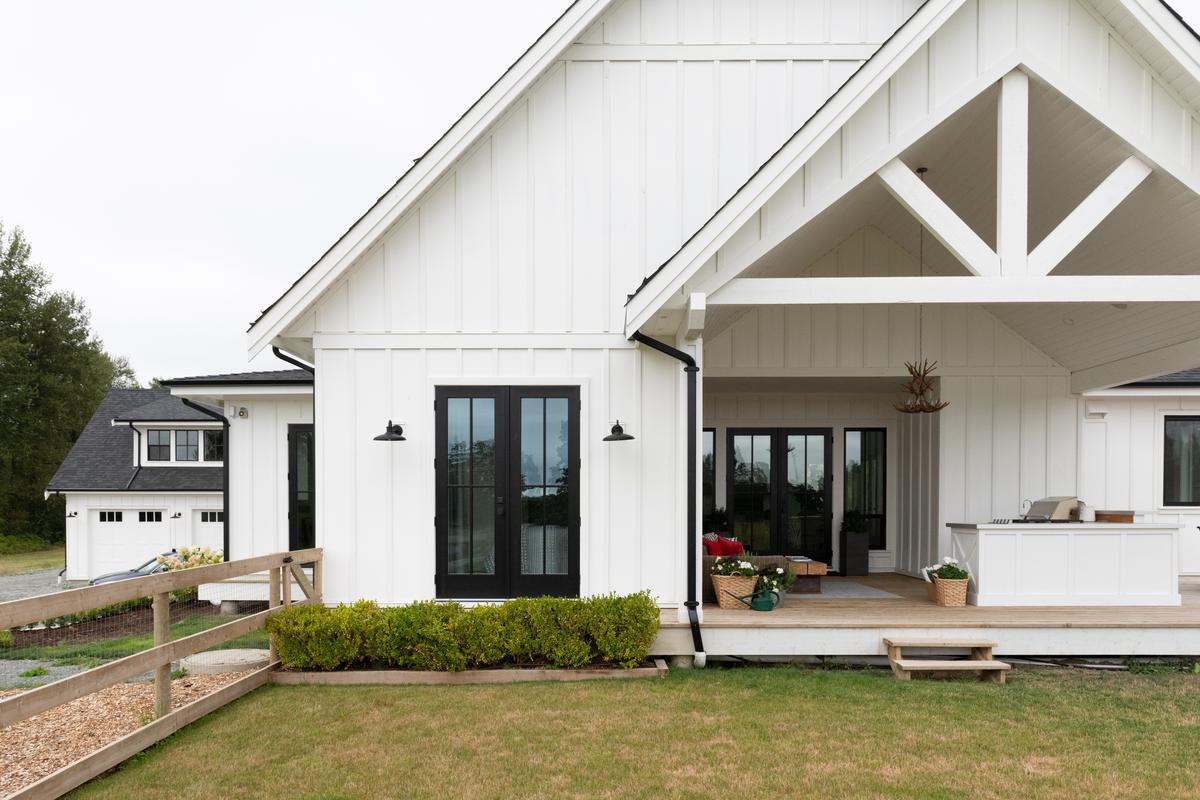
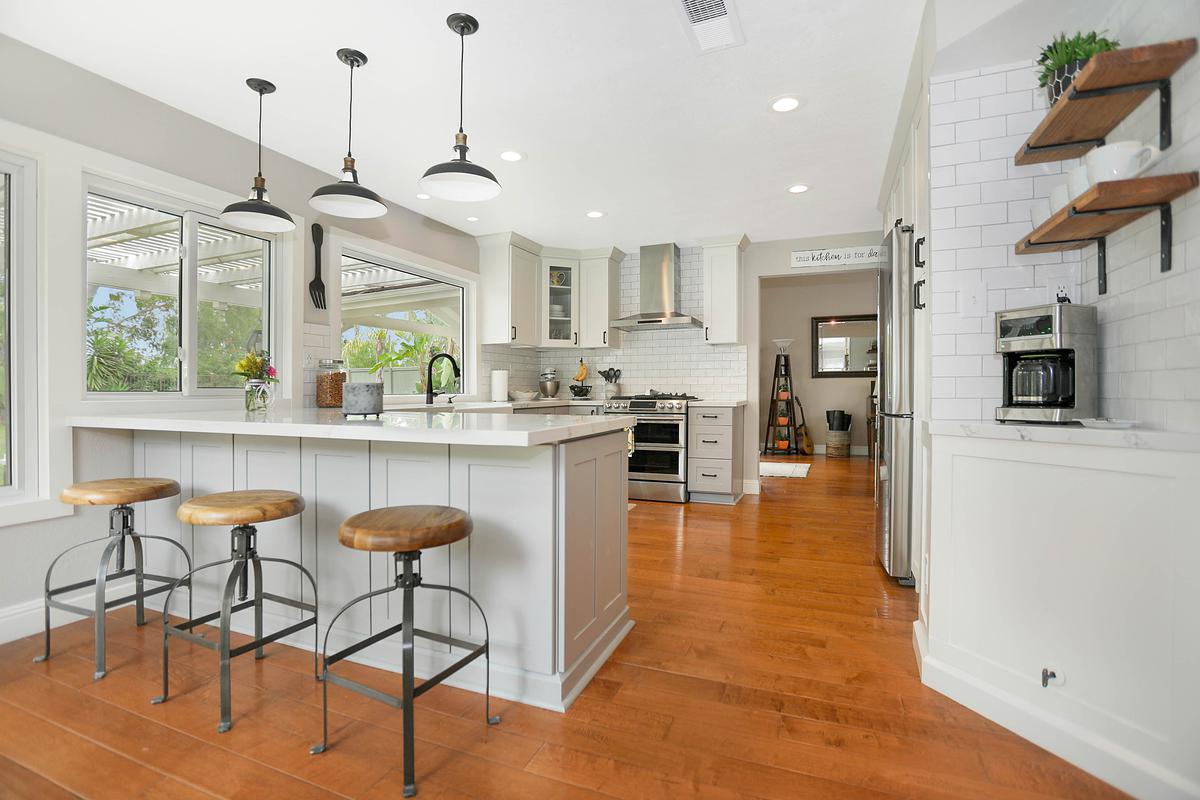
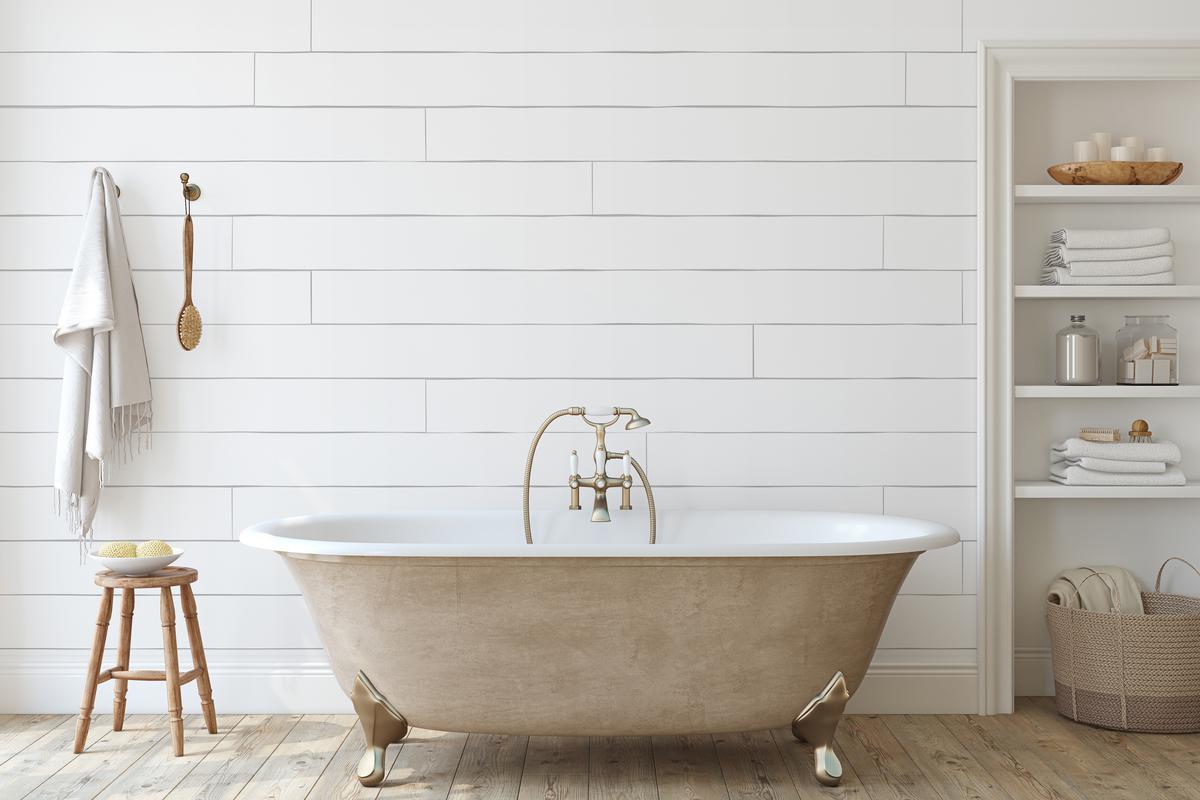
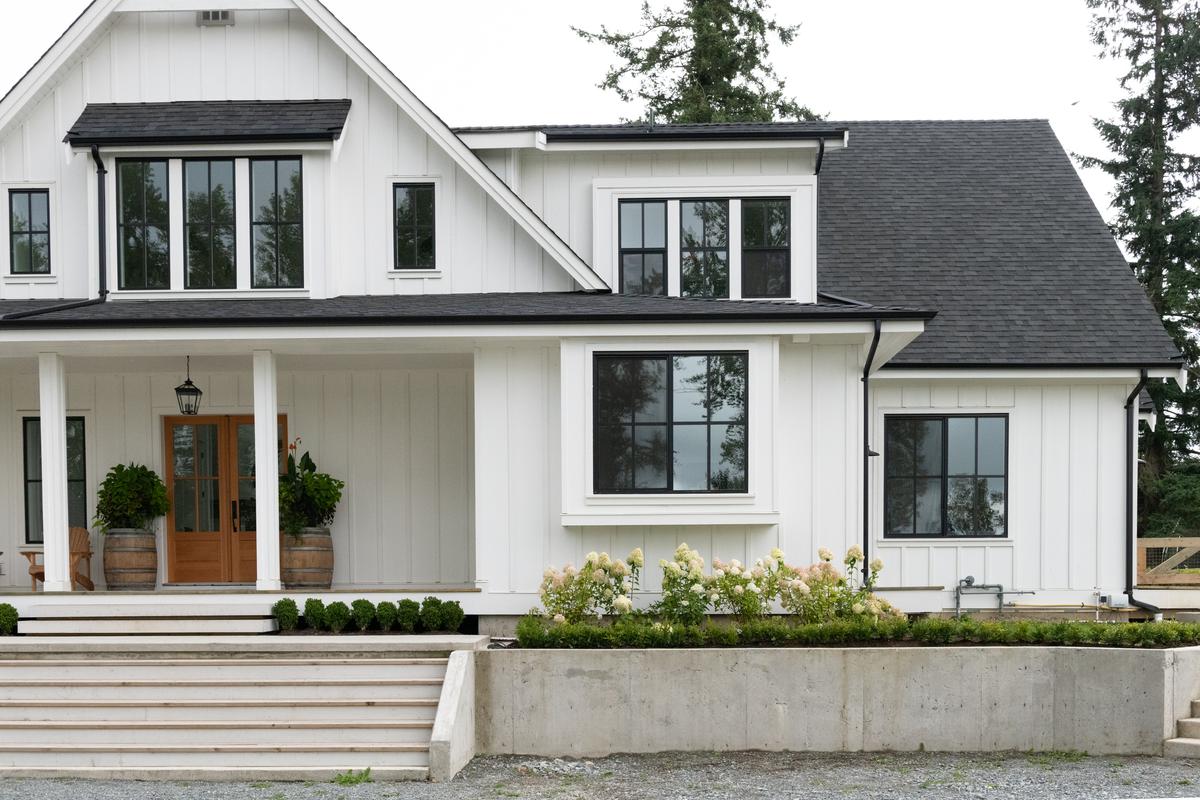
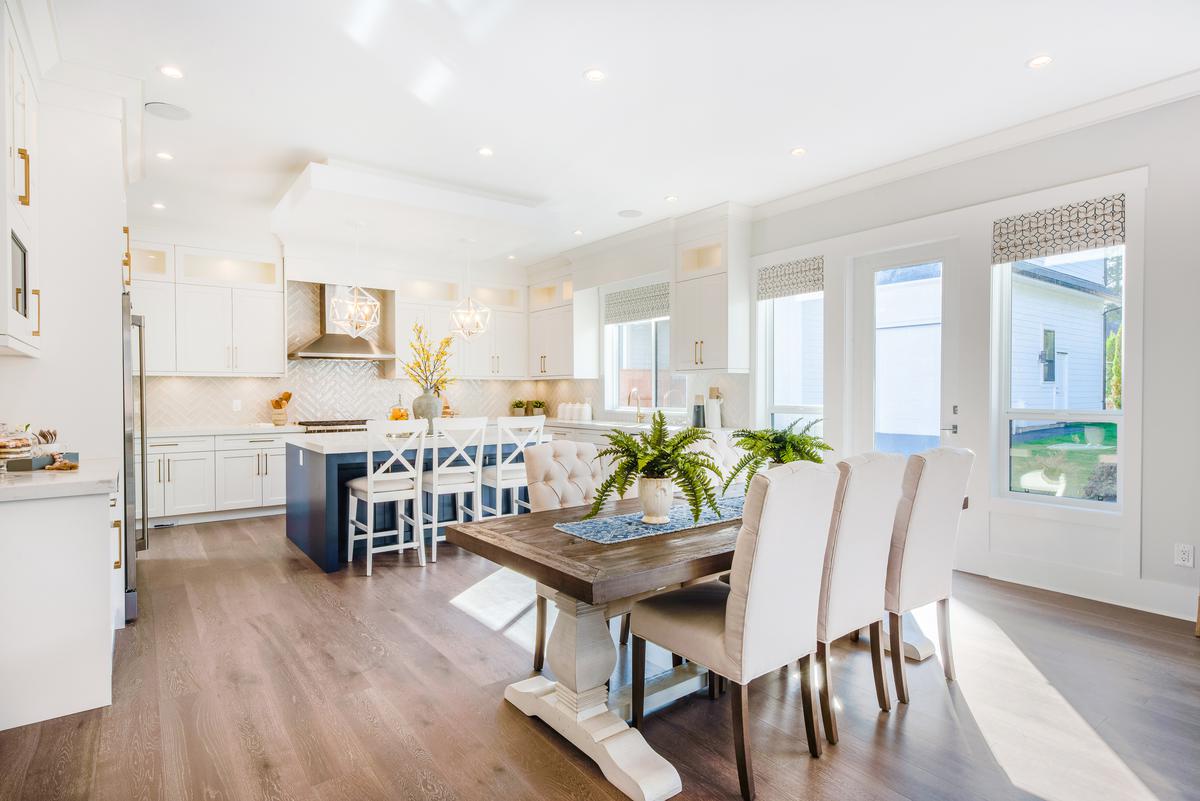
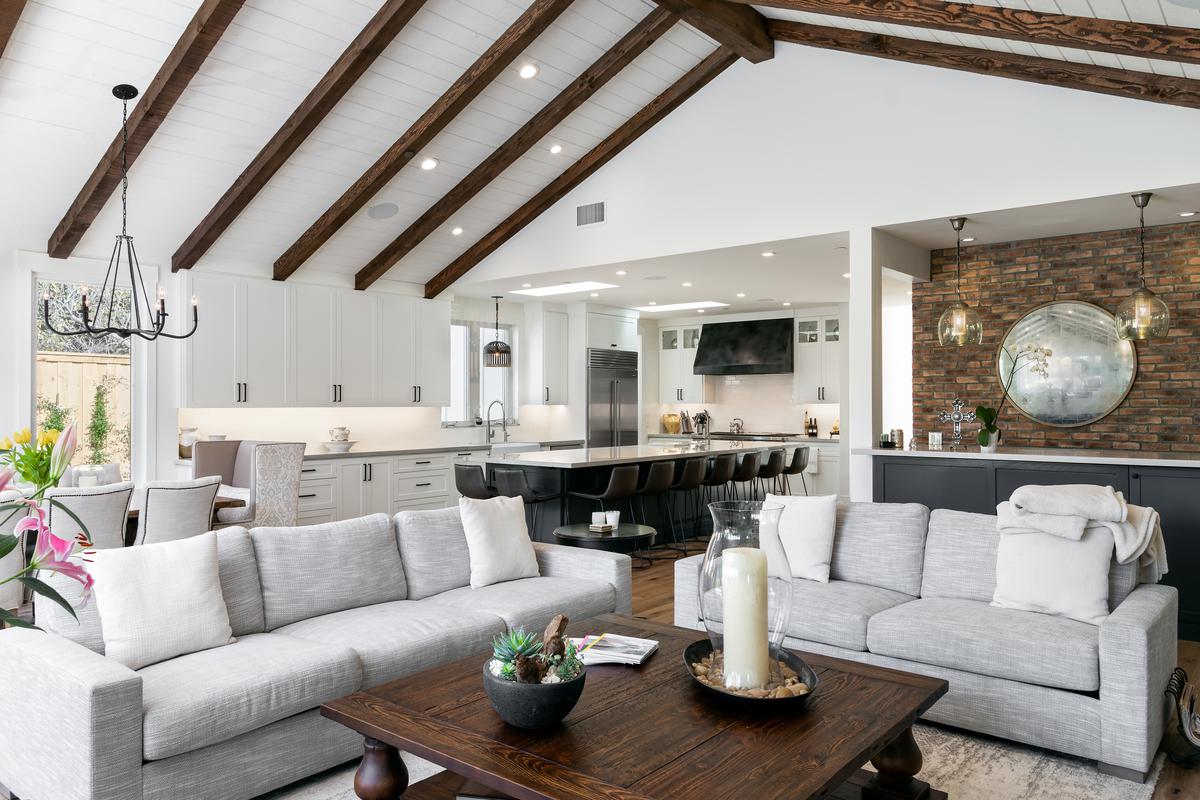
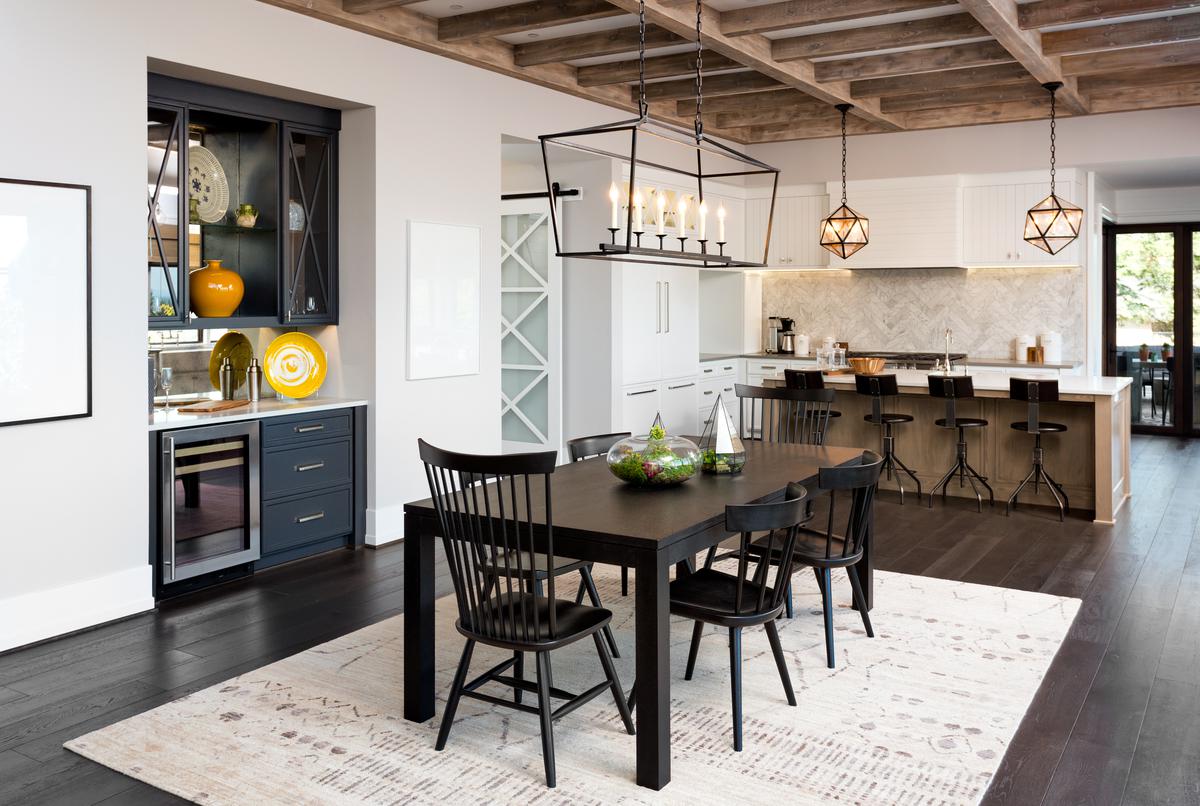
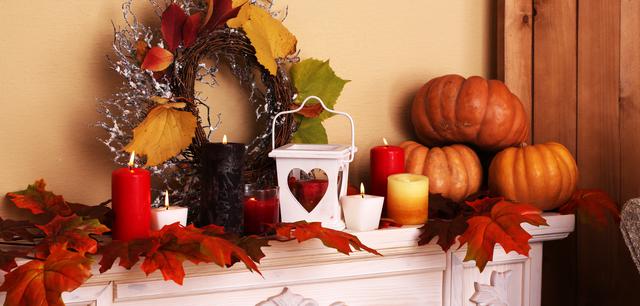


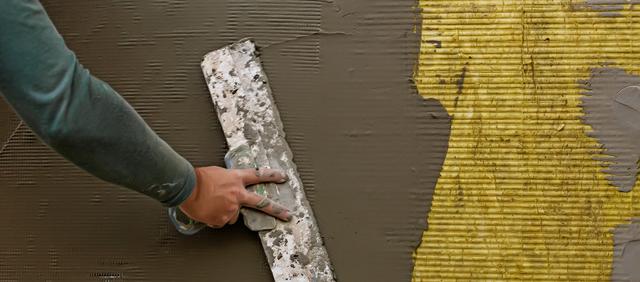
comments